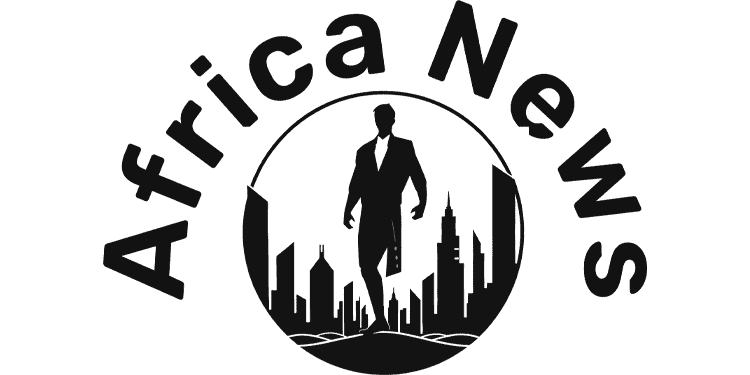Sunday May 19 2024
The coming weeks could provide a new twist in Rwanda-South Africa-SADC drama, especially if RPF fills anti-ISIL void.
A few days ago, Mozambique President Filipe Nyusi sounded alarmed when talking about the largest attack in years by rebels on the northern town of Macomia.
The town is in Cabo Delgado, a gas and mineral-rich northern province where groups linked to the ISIL (ISIS) group, also called Ansar al-Sunna, launched a rebellion in 2017. The rebels forced French energy giant Total to suspend its $20 billion liquefied natural gas (LNG) project in Mozambique.
A military intervention by Rwanda in early July 2021, followed shortly thereafter as a Southern African Development Community (SADC) Mission in Mozambique (Samim) deployment beat back the rebels and brought most of Capo Delgado back under the control of the Mozambique government.
Nearly 6,000 people have been killed in the conflict, and more than one million displaced. From mid-2022 to late December, resettlement efforts had been underway.
Read: SADC forces exit Mozambique with mixed results
This positive outlook, which saw Total begin to resume work in Capo Delgado, has dimmed in the face of a surge in attacks since January this year.
A reliable military source in Capo Delgado told The EastAfrican, “Yes, there has been an upsurge in attacks by rebels, but the situation is not as bad as headlines suggest.
“In 2021 Ansar al-Sunna controlled most of Cabo Delgado [a province larger than seven of the smaller African countries combined]. Today their capabilities have been so degraded, they can attack like they did in Macomia, but they can’t hold ground,” he said.
He said while Macomia is in the sector controlled by Samim, they have been joined by Rwanda twice in what he said were successful joint operations.
“Ansar al-Sunna’s combat effectiveness has been reduced – for now,” he said.
He said there were several factors the rebels were exploiting.
“They have used Catupa Forest to their advantage. Catupa is over 250 square kilometres big, most rebels would survive for some time in a place that big against even the largest armies in the world,” he said.
He said Samim’s strategy had focused on securing mostly the urban and populated areas, unlike the Rwandans who spent military resources taking rural areas too. This approach provided the rebels with rural pockets in which to survive and regroup.
Read: Tens of thousands flee Mozambique amid renewed attacks
Samim started withdrawing last month, as its mandate ends in July, which is likely to have given the rebels a psychological boost.
The key players in SADC’s force in Mozambique, South Africa and Botswana, have elections coming up in late May and October respectively. The ruling African National Congress (ANC) is likely to emerge weakened, and the South African economy is wobbly. Both countries are seen as looking to cut their costs in a mission, which hasn’t delivered a shining victory trophy to sell to voters.
However, in a wider geopolitical pivot, SADC is also concentrating its military and political capital more in the resource-rich eastern Democratic Republic of Congo, where it replaced an East African Regional Force early in the year, to help pacify the long-troubled region, where M23 rebels fighting the Kinshasa government have made several military gains in the last year.
While Rwanda and SADC fought sid- by-side against Ansar al-Sunna in Mozambique, they couldn’t be more at odds in DRC. Rwanda, which is sympathetic to M23, but denies backing it militarily, has vehemently opposed SADC’s intervention, saying it was siding with the “genocidal” Democratic Forces for the Liberation of Rwanda (FDLR), the remnants of the force blamed for killing nearly one million people in the 1994 genocide against the Tutsi in Rwanda.
The FDLR has been a long-time ally of Kinshasa in the war against both M23 and other rebels in eastern DRC and, because it is more battle-hardened, Rwanda views it as the primary military force in the region. It still vows to overthrow the Rwanda Patriotic Front government in Kigali and has continued attacks against Congolese Tutsi.
The common battles they fought against the Mozambique rebels, might not have been in vain. After years of icy relations, South African President Cyril Ramaphosa visited Rwanda in early April to a warm reception to attend the 30th anniversary of the Rwanda genocide, known locally as Kwibuka.
Read: Ramaphosa play in Great Lakes as SA polls loom
South Africa had previously accused Kigali of targeting Rwanda-based exiles in the country for attacks. In return, Rwanda counter-accused Pretoria of aiding opponents to threaten its security, especially their involvement in grenade attacks in Kigali in 2011 and 2012.
Upon returning home from the 30th Kwibuka, Ramaphosa immediately received the letters of credence from the Rwandan High Commissioner to South Africa Emmanuel Hategeka.
Although he also received letters from 13 other High Commissioners and ambassadors, including Tanzania’s James Bwana, and Kenya’s Jane Ndurumo, Hategeka had spent the longest time in the cold waiting – more than a year.
The coming weeks could provide a new twist in Rwanda-South Africa-SADC drama, especially should Kigali have to expand its Mozambique footprint to face the rebel resurgence and fill the vacuum left by Samim.
Source link : https://www.theeastafrican.co.ke/tea/news/east-africa/at-odds-in-rwanda-mozambique-rwanda-and-sadc-battle-4627154?view=htmlamp
Author :
Publish date : 2024-05-19 07:00:00
Copyright for syndicated content belongs to the linked Source.
